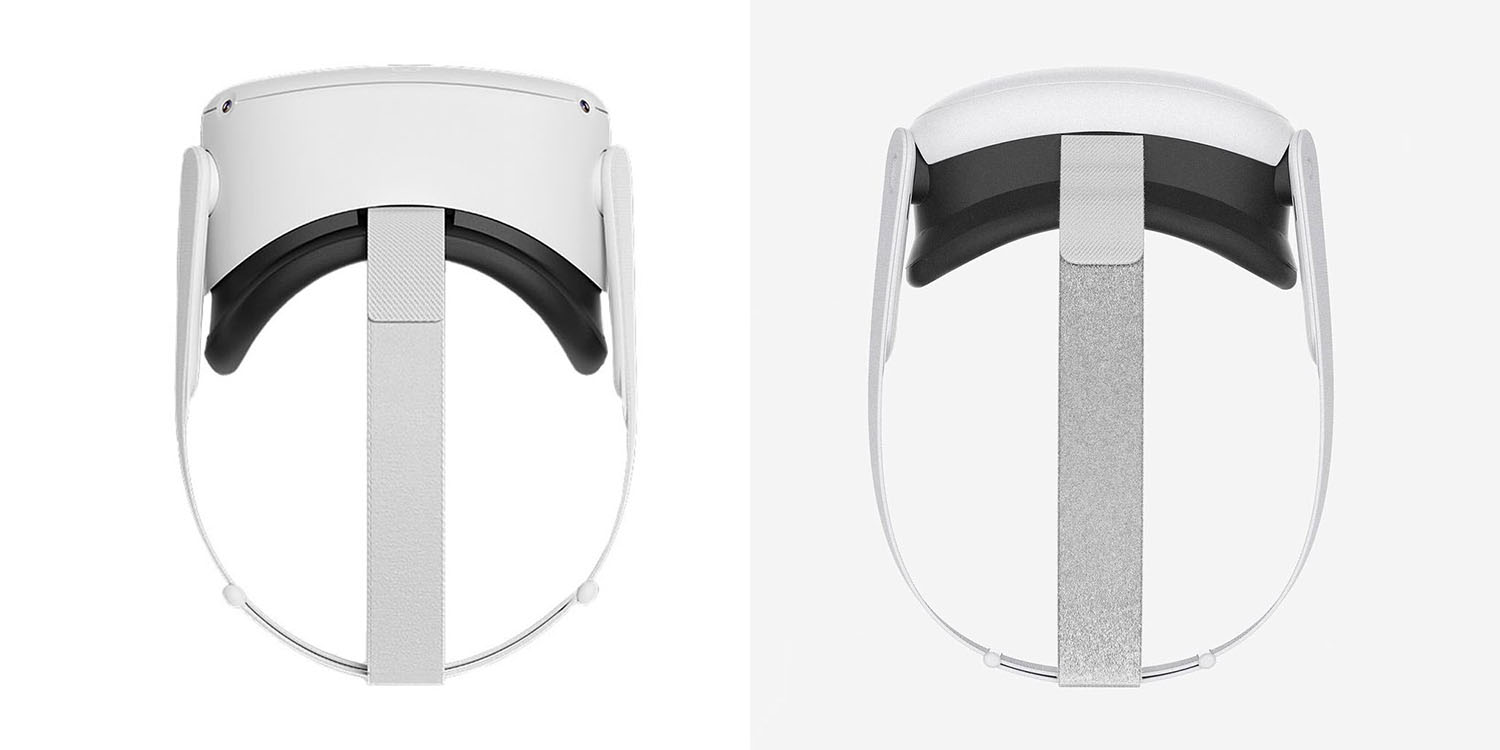
Bloomberg’s Mark Gurman got to try out a prototype of the upcoming Meta Quest 3 mixed-reality headset, and likely the closest competition with Apple’s Reality Pro.
So far, most renders of Reality Pro have shown a rather bulky device, almost as thick as the Quest 2, but the fact that the Meta Quest 3 is notably slimmer could suggest that Apple’s headset may be sleeker than expected …
A brief history of Meta VR headsets
The company’s early headsets were branded as Oculus devices, a subsidiary of Facebook. Once the company changed its name to Meta, then the same branding was used for the virtual reality (VR) headsets.
Things kicked off with the Rift, also known as the Rift CV1. This was a tethered device which required a reasonably beefy PC to run the software. It launched in 2016, with an initial price of $600. This was followed by an updated version, the Rift S, in 2019.
The Go was launched in 2018, as a much more affordable standalone device, the base model costing $200. This was essentially an Android smartphone in headset form. It proved reasonably popular as a device for watching immersive video and playing VR games and simulations, like roller-coaster rides.
The Quest came along in 2019, as a more powerful version of the Go, with pricing starting at $400. It could operate as a standalone device, but could also connect to a PC to run Rift apps. An updated Quest 2 launched in 2020 as a lighter model with a better display and higher specs. This was the first device to be branded as the Meta Quest 2 instead of Oculus.
The Meta Quest 3 will, obviously, be the replacement for the Quest 2. Bloomberg’s Mark Gurman got a hands-on session with a prototype of the upcoming model. He said that the form-factor was a big improvement.
The device, codenamed Eureka, feels far lighter and thinner than the existing Quest 2 from 2020.
External cameras give it AR as well as VR capabilities.
The front of the device is new. Instead of a bland-looking gray face, it has three vertical pill-shaped sensor areas across the front. The left and right pills each include one color video pass-through camera (the part that lets you see the world around you) as well as a standard camera. That means it has two color cameras versus only non-color cameras on the Quest 2. The middle pill includes a depth sensor, a first for a Quest […]
Video pass-through is the heart of mixed reality. It relies on external cameras to let headset wearers see a live video feed of the real world, creating an augmented reality effect without the use of clear lenses […]
Due to the dual RGB color cameras, video pass-through on the Quest 3 presented colors more accurately and offered an almost lifelike rendering of the real world. I was even able to use my phone while wearing the headset, something that often feels impossible on a Quest 2.
The AR capabilities mean that games can let you do things like bounce a ball off the actual walls in your home.
Pricing is expected to be higher than the Quest 2’s $400, with Gurman speculating that it may be $500.

What could this tell us about Apple’s Reality Pro?
Renders to date have shown a headset which is less bulky than the Quest 2 (left), but not dramatically so (right).
If Meta is able to produce a significantly slimmer device than the Quest 2, then Apple may be able to pull off the same trick. The Cupertino company has to squeeze in significantly more tech, but it is also the champion at doing so in very slim devices.
That means that the actual Reality Pro headset could well be slimmer than the renders we’ve seen (and created) to date.
Gurman’s Quest 3 experience may also indicate that the Reality Pro experience may be more compelling than expected. If Meta can create a mixed-reality view good enough to use an iPhone through it using just two external cameras, then Apple’s far superior experience (with around a dozen cameras) should be very life-like indeed.
But the Quest 3 could be tough competition
It seems clear that the Reality Pro will be a significantly more sophisticated device than the Quest 3, and will also benefit from its integration into the Apple ecosystem.
On the other hand, Meta has a lot of VR games and other experiences already available, and the possible $500 price will be a lot more palatable than the rumored $1500-3000 for Apple’s headset.
Personally, I don’t expect to buy either – but I am looking forward to the unveiling of Reality Pro, and will probably end up buying a later and cheaper Apple headset further down the road. How about you? Please share your thoughts in the comments.
FTC: We use income earning auto affiliate links. More.




